We spend about one-third of our lives sleeping. That means a lot of time laying on our mattresses which is why it’s no surprise that mattress cleaning should be a part of our cleaning routine. When was the last time you had to deodorize a mattress? Often, we clean our bedding by tossing it into the washing machine. But, when it comes to cleaning your mattress, it is almost always neglected.[1]
That’s a mistake. Take a good look at your mattress. Do you see stains? Does it smell? Even with clean sheets, only a thin layer of sheet fabric may separate you from dust, spills, dirt, dust mites, sweat, or bed bugs. Cleaning your mattress should be a priority.
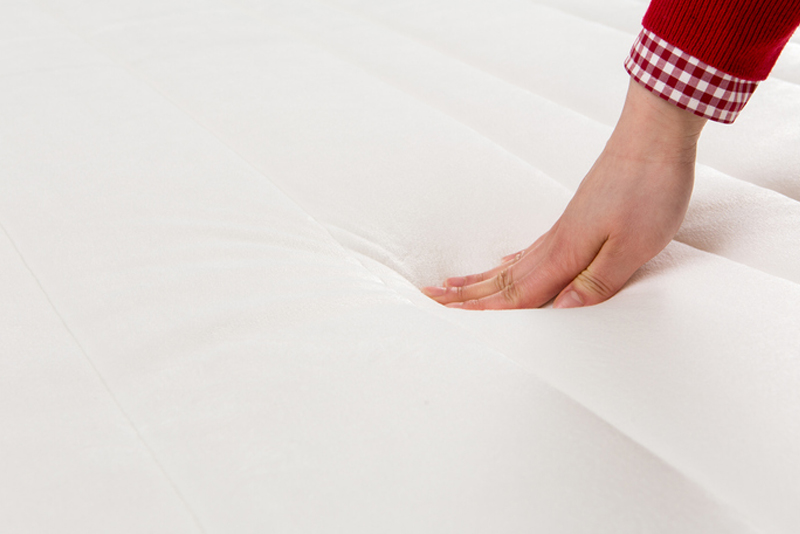
First Things First
People have a lot of mattress choices these days. It’s essential that when you buy a new mattress you familiarize yourself on how to clean your particular type of mattress. Always read the manufacturer’s label for specific instructions. A foam mattress or memory foam may have different cleaning requirements than a hybrid or individual coil mattress. For instance, cleaning foam may require using very little liquid, while spring coil mattresses may require cold water and a steam cleaner. The same is true for a bed topper or pillows. Always check the label before cleaning your bedding.
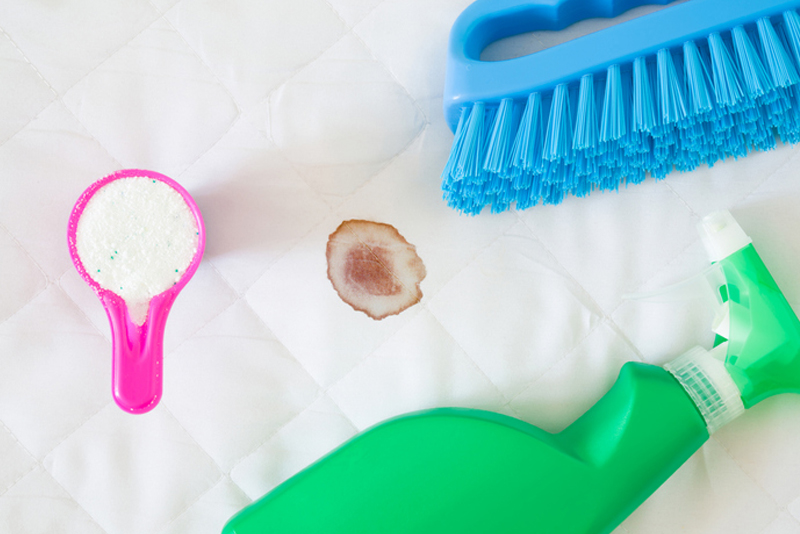
Tips on How to Clean a Mattress
Washing your bedding and remaking your bed takes time. So, mattress cleaning may sound like a tall order. But this task is necessary if you want to get a good night’s sleep. Regularly maintaining your mattress can also increase its longevity while protecting you against potential allergens and bug infestations (mites, bed bugs) both on the surface and within the mattress.
- Vacuum. Remove all the bedding and sheets and Vacuum the entire surface of the mattress using an upholstery attachment. Make sure that you pay extra attention to the crevices and seams of your mattress as these are the places where dust, dirt, and dead skin accumulate. Switch to the crevice attachment on your vacuum cleaner to reach the deepest parts of your mattress.
- Use baking soda. We are not really aware of the smells that get left behind on our mattress. However, the sweat that you produce can easily be absorbed by your bed. Sprinkle baking soda on your mattress and gently rub it in using a scrub brush. The baking soda will be able to penetrate your mattress and eliminate any odors. Allow the baking soda to sit on the mattress for about 10-20 minutes.
- Vacuum again. You will need to vacuum your mattress well to remove any moisture and odors that have been absorbed by the baking soda.
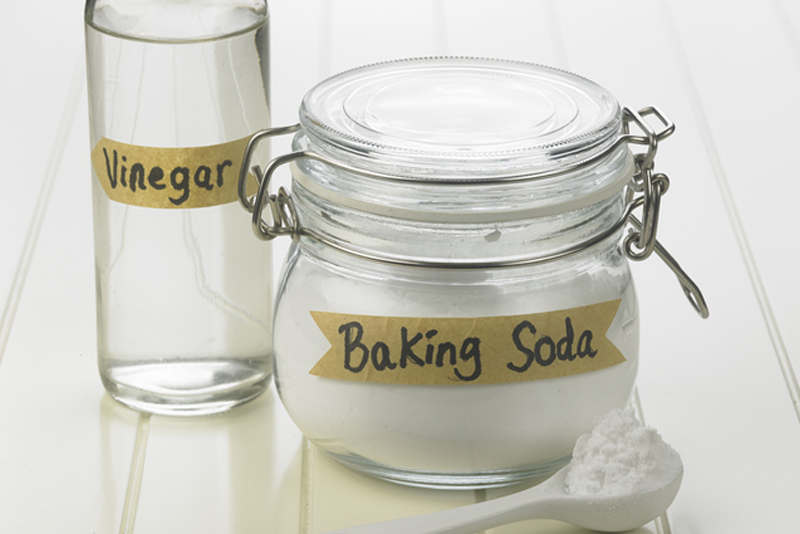
How to Deodorize a Mattress
If you want to protect your mattress from odor, then you will need to make sure that you clean your mattress regularly. The accumulation of dust, dirt, sweat, and other fluids can make your mattress smell bad and can increase you at risk of health issues. For those who are wondering how to deodorize a mattress, try these methods.
- Baking soda. Place a cup of baking soda in a sealed jar then add about 15 to 20 drops of your choice of essential oil. Shake the bottle well then use a sifter to sift the mixture on top of your mattress. Leave it for an hour then vacuum afterward to remove any remaining baking soda.
- Corn starch. Corn starch is also a handy ingredient when removing mattress odors. Sprinkle cornstarch on the stain and add a few drops of water to it. Leave the solution for five minutes. Then blot the spot using a paper towel. Remove all of the cornstarch and water mixture. You can also combine corn starch with baking soda since the latter can eliminate odors, while corn starch binds any body oils. Leave the mixture on the bed throughout the day then vacuum at night before going to bed.
- Distilled white vinegar. Instead of using a mattress cleaner, mixing equal parts of water and white vinegar in a spray bottle can also work to eliminate odors. Spray the surface lightly with the vinegar solution, just enough so that the surface is damp but not saturated. Allow it to air dry.
- Borax. Start by using a damp cloth to dampen the stained area using the water from a spray bottle. Sprinkle borax on the area then, with a dry towel or scrub brush gently rub it into the mattress in a circular motion. Let it dry for an hour then vacuum afterward.
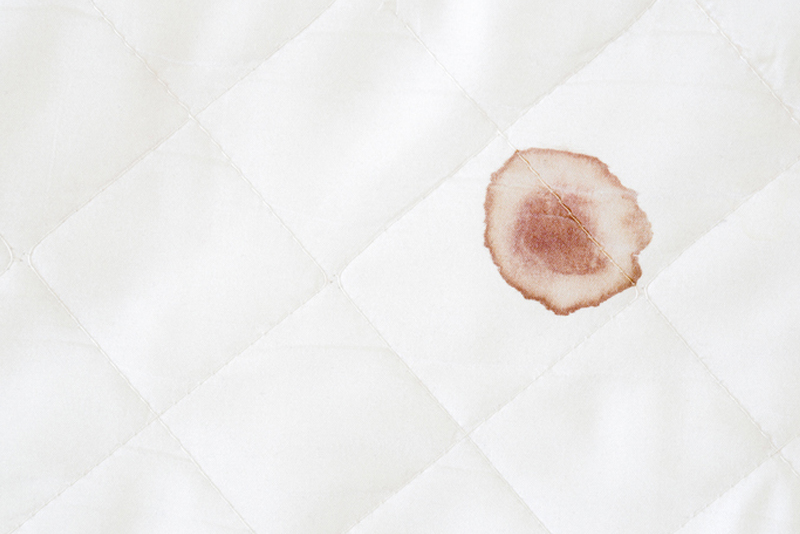
How to Remove Stains from Mattress
Stain removal is an essential part of mattress maintenance. It’s important that you deal with the stains as quickly as possible so that they do not set and you have to sleep on it. First, you must determine the cause of the stain. Then, remove it with the appropriate treatment. Here are some methods to remove difficult stains. Note that when cleaning mattresses, only apply the amount of solution you need. Avoid soaking the mattress.
Stain Removal Cleaning Tips
- Blood Stains. If you have blood stains on your mattress, the best way to remove it is by mixing a quarter cup of hydrogen peroxide with a tablespoon of dish soap and a tablespoon of table salt. Apply this mixture on the stain then let it dry before scraping off. To remove any remaining blood stains, dip a white cloth in hydrogen peroxide then rub the stain. (The white cloth prevents transferring any dye from the cloth to the surface of your mattress.)
- Mold and mildew. Mold and mildew are likely to appear when your mattress becomes wet and does not dry properly. Mold and mildew can trigger allergic reactions as well as respiratory issues. Mildew may appear as a patch of white or grey fungus on the surface. Prepare a solution of equal parts of rubbing alcohol and warm water. Use a clean cloth to scrub the area gently. Spray afterward with disinfectant but don’t soak the mattress with it. Let it air dry afterward, preferably under direct sunlight. Mold may appear as either green or black spots. You can try the above method to remove any mold. However, both mildew and mold can burrow deep within the mattress so it may be best to replace the mattress.
- Urine stains. Young children often have trouble controlling their bladder as they sleep which can result in urine stains from bed wetting. To clean up the stain and banish the odor, you will need paper towels, baking soda, distilled white vinegar, and a spray bottle. Saturate the stains with vinegar by spraying the white vinegar on the affected areas. Let the vinegar sit for 5 to 10 minutes. Turn on your ceiling fan or open the window to speed up the process. Blot the stain firmly with paper towels to absorb excess vinegar. Sprinkle baking soda on the mattress and let it sit overnight or a few hours. Use your vacuum cleaner afterward to remove the baking soda on the surface. A mattress protector should be used on beds occupied by small children.
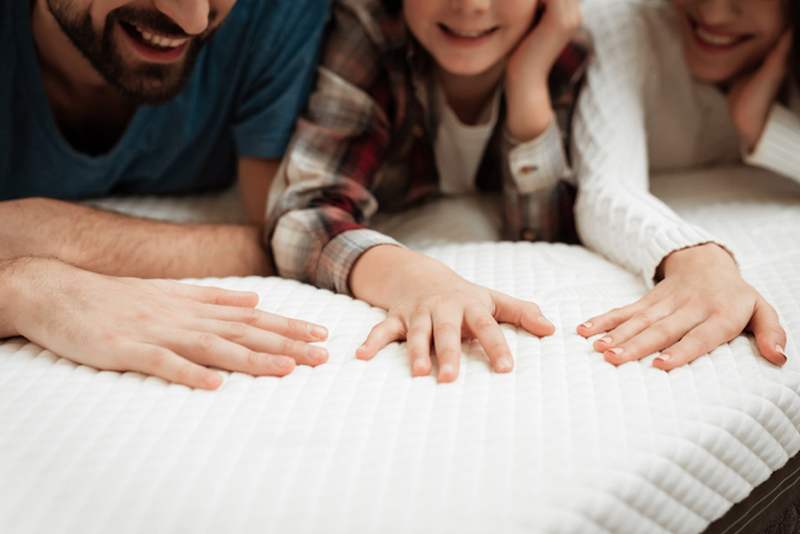
A Last Word
For many types of beds, it is recommended to flip the mattress every so often. Manufacturers have specific instructions regarding how to best handle their mattresses. Always check the manufacturer’s label for guidelines on mattress care.
Cleaning your mattress takes time and some effort, but mattress maintenance is necessary to remove potential allergens or bug infestations. Don’t wait for stains to appear. Give your mattress a quick wipe down when you change your bedding and a deeper cleaning on a seasonal basis. Your efforts will be well rewarded when you get a good night’s sleep.
Resources:
https://www.ncbi.nlm.nih.gov/pubmed/21056174
